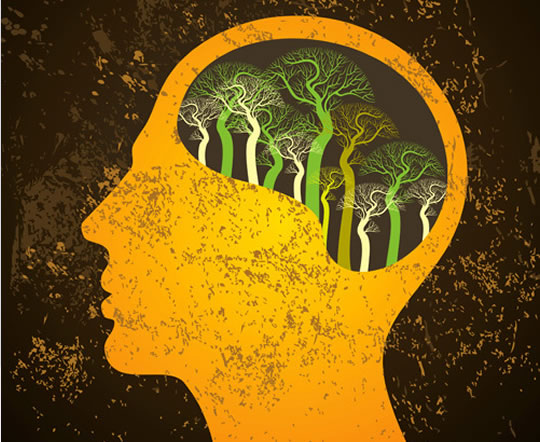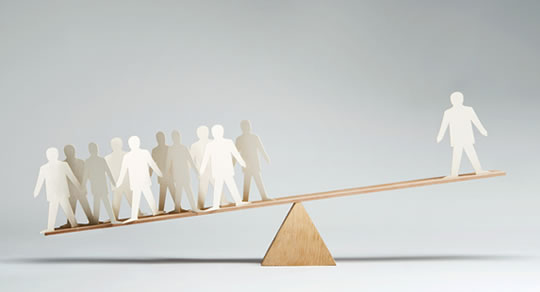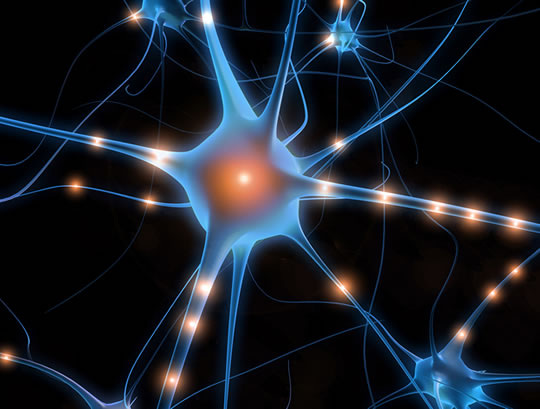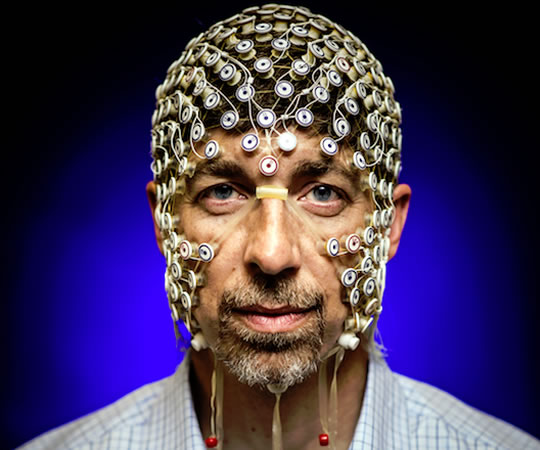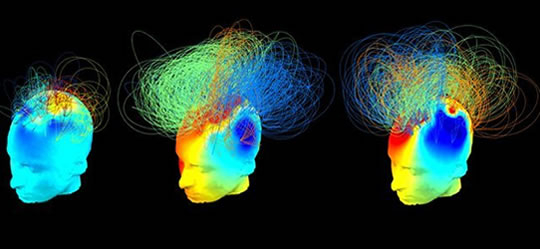How neuroscientists are learning to predict emotions with increasing accuracy.
Brain scans can read human emotions with 90% accuracy, a new study finds.
Researchers have been able to predict the intensity of negative emotions to evocative images.
They found that negative emotions have a ‘neural signature’ which a computer could learn.
Dr Luke Chang, who led the study, said:
“This means that brain imaging has the potential to accurately uncover how someone is feeling without knowing anything about them other than their brain activity.
This has enormous implications for improving our understanding of how emotions are generated and regulated, which have been notoriously difficult to define and measure.
In addition, these new types of neural measures may prove to be important in identifying when people are having abnormal emotional responses — for example, too much or too little — which might indicate broader issues with health and mental functioning.”
For the research, 182 people looked at photos designed to elicit a negative response.
These included pictures of physical injuries, hate groups and acts of aggression.
Using brain scans, a computer was able to learn the ‘neural signature’ of negative emotion.
Dr Chang said:
“We were particularly surprised by how well our pattern performed in predicting the magnitude and type of aversive experience.
As skepticism for neuroimaging grows based on over-sold and -interpreted findings and failures to replicate based on small sizes, many neuroscientists might be surprised by how well our signature performed.
Another surprising finding is that our emotion brain signature using lots of people performed better at predicting how a person was feeling than their own brain data.
There is an intuition that feelings are very idiosyncratic and vary across people.
However, because we trained the pattern using so many participants — for example, four to 10 times the standard fMRI experiment — we were able to uncover responses that generalized beyond the training sample to new participants remarkably well.”
The study was published in the journal PLOS Biology (Chang et al., 2015).
Crying image from Shutterstock

